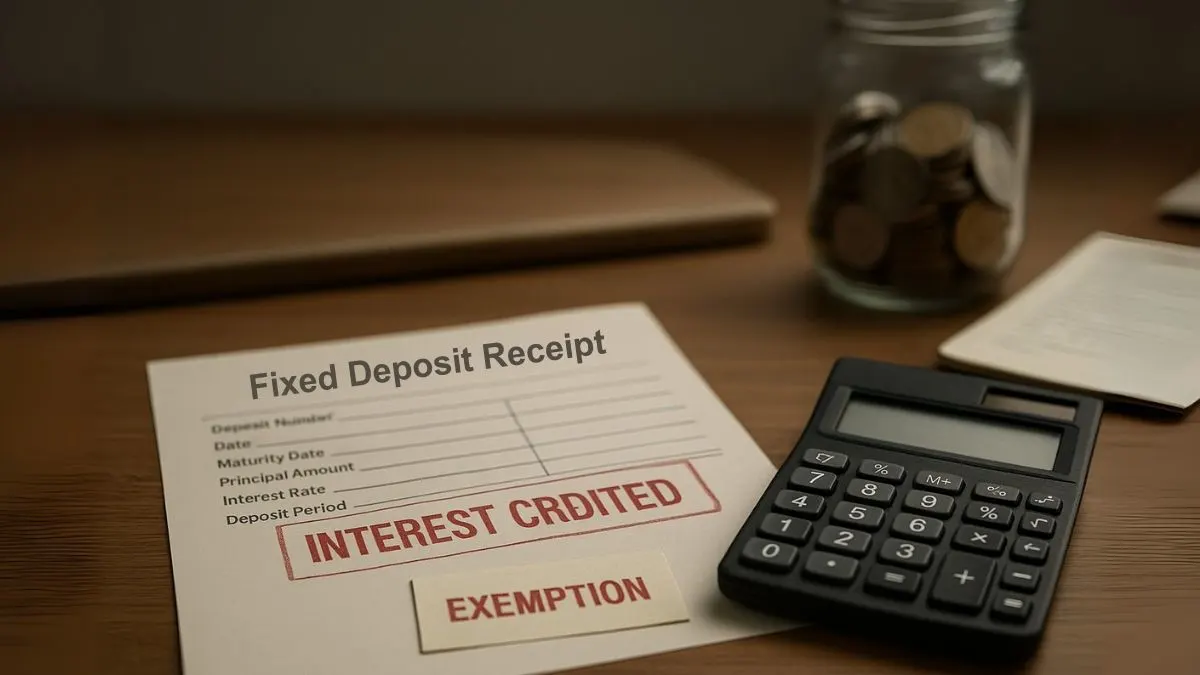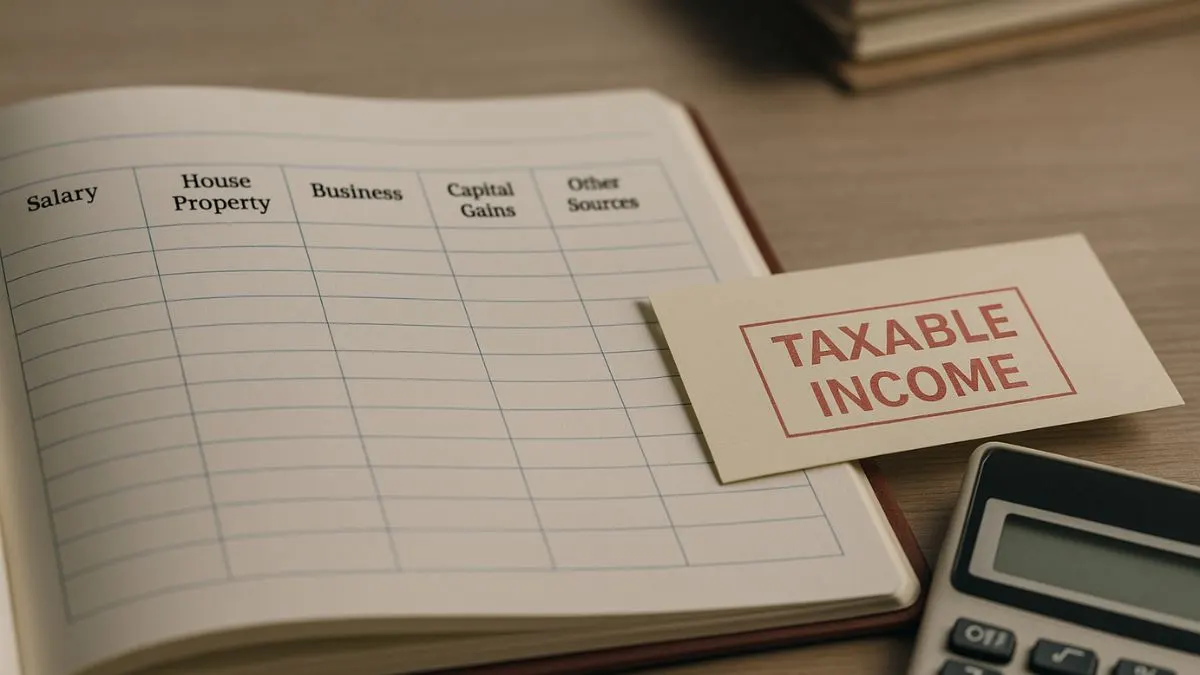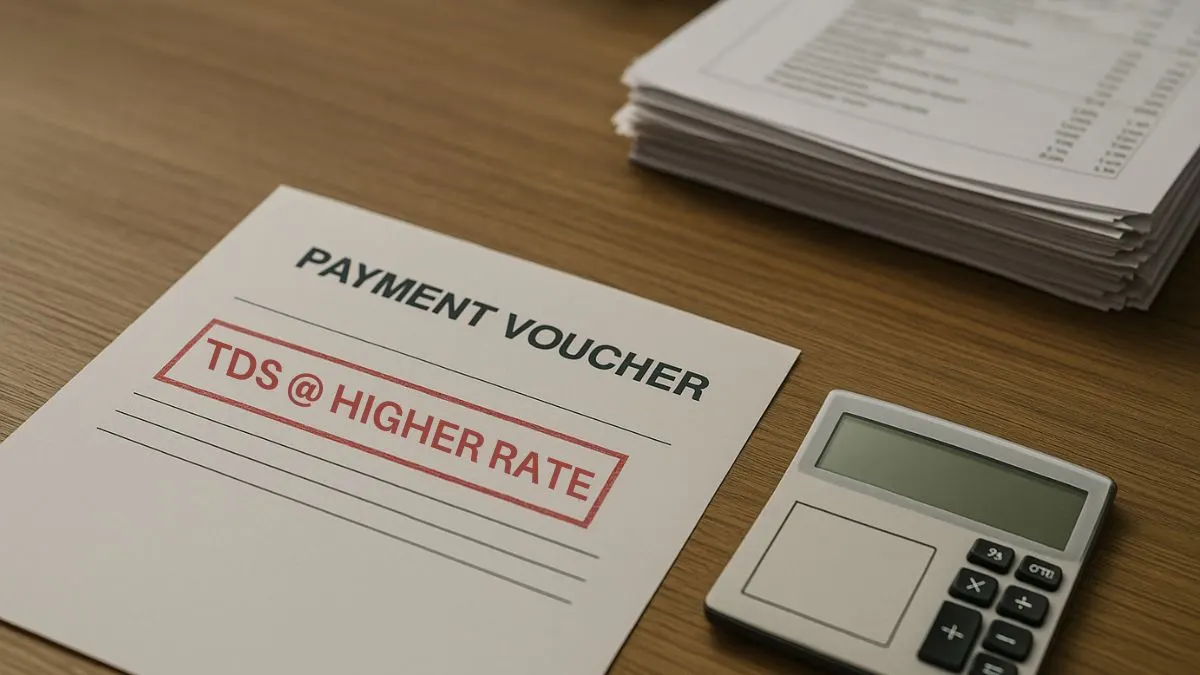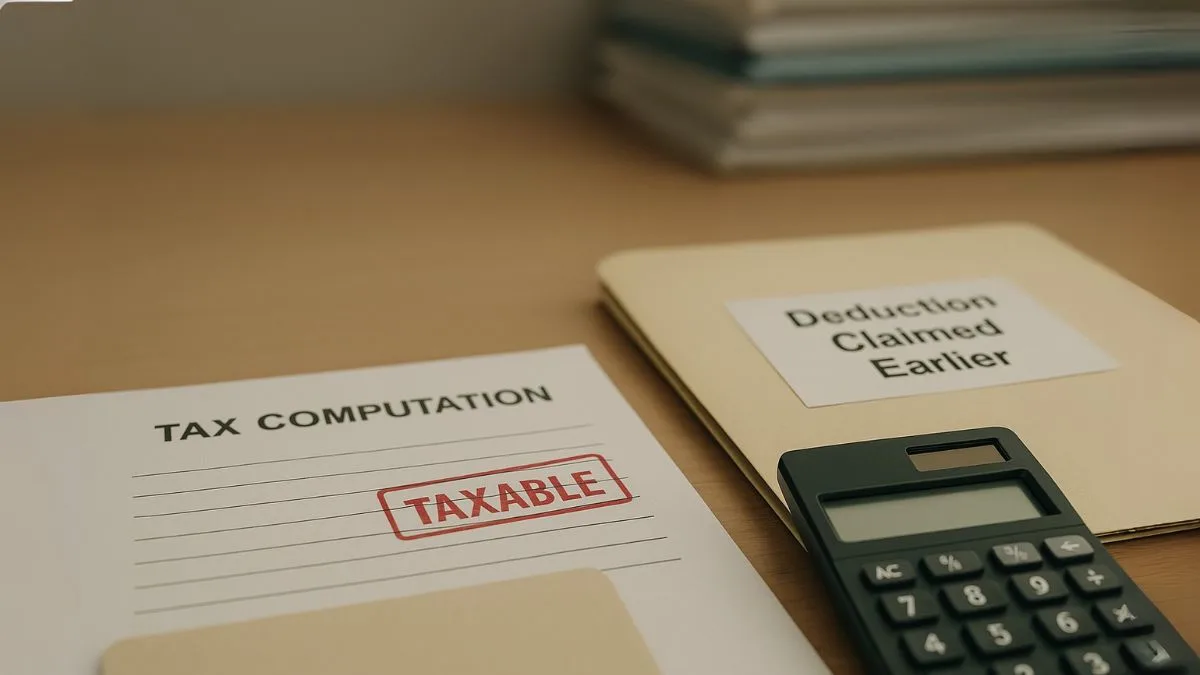
Why FD Taxes Confuse Most Investors
Ask anybody if interest on fixed deposits (FDs) is tax-free & you can get ten different answers from ten different people. Some will say “yes, under Section 80C” or “no, it’s fully taxable.”
Actually, both can be right, depending on the kind of FD in question.
You cannot claim income tax exemption on the interest accrued in regular fixed deposits. But, the interest on 5-year tax-saving fixed deposit is exempt under Section 80C upto ₹1.5 lakh in a financial year. That is where the confusion arises.
This post’s here to clear things up. It describes the applicable requirements, taxation of interest, tax-exempt status & regulations for the year 2025.
The Legal Backbone of the Section – 80C
The Income Tax Act explicitly makes provision for exemptions with regard to fixed deposits. Here, one such Section 80C offers personal income tax deduction up to ₹1.5 lakh & also same for the Hindu Undivided Family (HUF) members as they can save ₹1.5 lakh rupees from their end.
Among the qualified financial products is 5-years fixed deposit account in banks & post offices."
👉 But here’s the catch. Tax deduction is only on the principal deposit amount, interest earned is taxable and not tax deductible.
You can also bring down your taxable income by investing up to ₹1.5 lakh in a tax-saving FD. But remember that tax liability — the interest you receive in a given year is taxable to you in that year.
Also Read: TDS on Interest (FDs, Loans, etc.): Everything You Must Know
Regular FD Vs Tax-Saving FD – The Basic Difference
|
Feature |
Saving FD |
5-Year Tax-Saving FD (Section 80C) |
|
Duration |
Variable (7 days to 10 years) |
Fixed for 5 Years |
|
Premature Withdrawal |
Allowed (with penalty) |
Not allowed |
|
Loan Against FD |
Possible |
Not allowed |
|
Tax Benefit |
None |
Deduction under Section 80C |
|
Maximum Deduction |
N/A |
₹1.5 lakh per year |
This comparison demonstrates that not all FDs are equal when it comes to tax savings.
Example — In Action in the Real World
For example, if Meera (a salaried individual) invests ₹1.5 lakh in a tax-saving FD for 5 years in April 2024, then assuming she does not make any investment till April 2026 – interest on this will get taxed as income & be added to her taxable income earned during the fiscal.
In her ITR for FY 2024–25 she would be able to claim a deduction of ₹1.5 lakh under Section 80C.
The FD is fetching her about 7% interest annually. But this will be fully taxable and the bank would deduct TDS if it exceeds ₹40,000 (₹50,000 for senior citizens) in a year.
At maturity in 2029, she gets the principal & all that interest.
So, even if the investment lowers her taxable income, she gets taxed on its interest as regular income.
Section 80C – When FD Stands Between Other Investments
Multiple options, and not just FDs, are covered by Section 80C. Here’s how it compares:
|
Investment Option |
Lock-in |
Max Deduction |
Return |
Tax |
Risk |
|
Tax-Saving FD |
5 years |
₹1.5 lakh |
Low |
Fully taxable |
Low |
|
PPF |
15 years |
₹1.5 lakh |
Low |
Tax-free |
Low |
|
ELSS (Mutual Funds) |
3 years |
₹1.5 lakh |
Market-based |
Taxable (LTCG rules apply) |
Risky |
|
Sukanya Samriddhi Yojana |
21 years (partial withdrawal available) |
₹1.5 lakh |
Low |
No tax |
Low |
|
NSC |
5 years |
₹1.5 lakh |
Low |
Taxable |
Low |
This table tells us one thing: FDs are safe & easy, but not very tax-efficient vis-à-vis PPF or SSY.
Also Read: Is TDS Refundable on Fixed Deposits (FD)?
Interest Taxation Rules for FDs
Though the 5-year FD amount invested is exempt under Section 80C, the interest is taxable as “Income from Other Sources.”
Key points:
- If annual FD interest exceeds ₹40,000 (₹50,000 for senior citizens), then banks levy TDS at 10%.
- In case your income falls below taxable levels, you can submit Form 15G/15H to avoid tax deduction at source."
- Senior citizen can avail further exemption of ₹50,000 u/s 80TTB.
- Always show interest (FD) income in ITR, no matter if TDS is deducted towards it or not.
Tax-Saving FD vs Other Safe Investments – Which one to choose?
Investors in 2025 have plenty of options. Here’s a quick comparison:
|
Option |
Safety |
Tax Benefit |
Liquidity |
Return |
|
Tax-Saving FD |
High |
Under Section 80C |
5-year lock-in |
Approx. 6–7% taxable |
|
PPF |
High |
Section 80C deduction |
Lock-in of 15 years |
7–8% (Tax-free) |
|
Senior Citizen Saving Scheme (SCSS) |
High |
Deductible under Section 80C |
5-year lock-in |
8.2% taxed |
|
ELSS |
Market risk |
Sec 80C deduction |
3-year lock-in |
10–12% (market-linked) |
So, though tax-saving FDs make for a good entry-level product, PPF or ELSS would be the choice for someone looking at relatively higher post-tax returns.
Latest Updates in 2025
As of the Union Budget 2025:
- For FD interest, no new tax exemption has been introduced. Interest remains taxable.
- TDS threshold on bank deposits remains at ₹40,000 (for seniors it is ₹50,000).
- CBDT has made it clear that taxpayers need to report on FDs, interest received annually, even if reinvested.
- Year-wise interest accrual on all savings deposits is being shown in Form 26AS for the first time & accordingly the banks are required to report it too.
Also Read: Tax-Free Benefits from Provident Funds and Sukanya Samriddhi Account
FAQs on Fixed Deposit Tax Exemption
Q1. Which section provides you FD tax benefits?
The 5-year tax-saving FD: A locked-in deposit that gives you tax break under Section 80C.
Q2. Is it possible to get an exemption on the FD interest?
No. Income Tax Exemption of Fixed Deposit is eligible only for the invested amount (up to ₹1.5 lakh). Interest is taxable."
Q3. What is the highest tax exemption one can get on FDs?
You will receive tax deduction of up to ₹1.5 lakhs under Section 80C.
Q4. Do seniors get a surplus benefit?
Yes. For interest income, they are given an additional ₹50,000 exemption under Section 80TTB.
Q5. Is there any way to break a tax-saving FD before 5 years?"
No Premature withdrawal or loan against a tax-saving FD is not permitted.
Key Takeaways
- 5 year tax-saving FDs alone are eligible for deduction under Section 80C.
- You can also get tax benefit of up to ₹1.5 lakh a year on investments.
- The returns on FDs are always taxable, unlike options like PPF or Sukanya Samriddhi Yojana, where returns are tax free.
- Senior citizens receive more relief with the help of Section 80TTB.
- Always declare FD interest in ITR to prevent mismatch with Form 26AS.
Also Read: PPF Hack: Earn ₹3 Lakh Interest Every Year Without New Investment
Conclusion
Fixed deposits is one of India’s most preferred saving options. They are easy, safe & ubiquitous. However, clarity is key when it comes to taxation: only tax-saving FDs under Section 80C provide exemptions and only on the investment amount. The interest is fully taxable.
👉 Want to apply for your ITR & maximize your savings with no confusions in filing? Visit Callmyca.com now and let our experts help you use Section 80C smartly.










